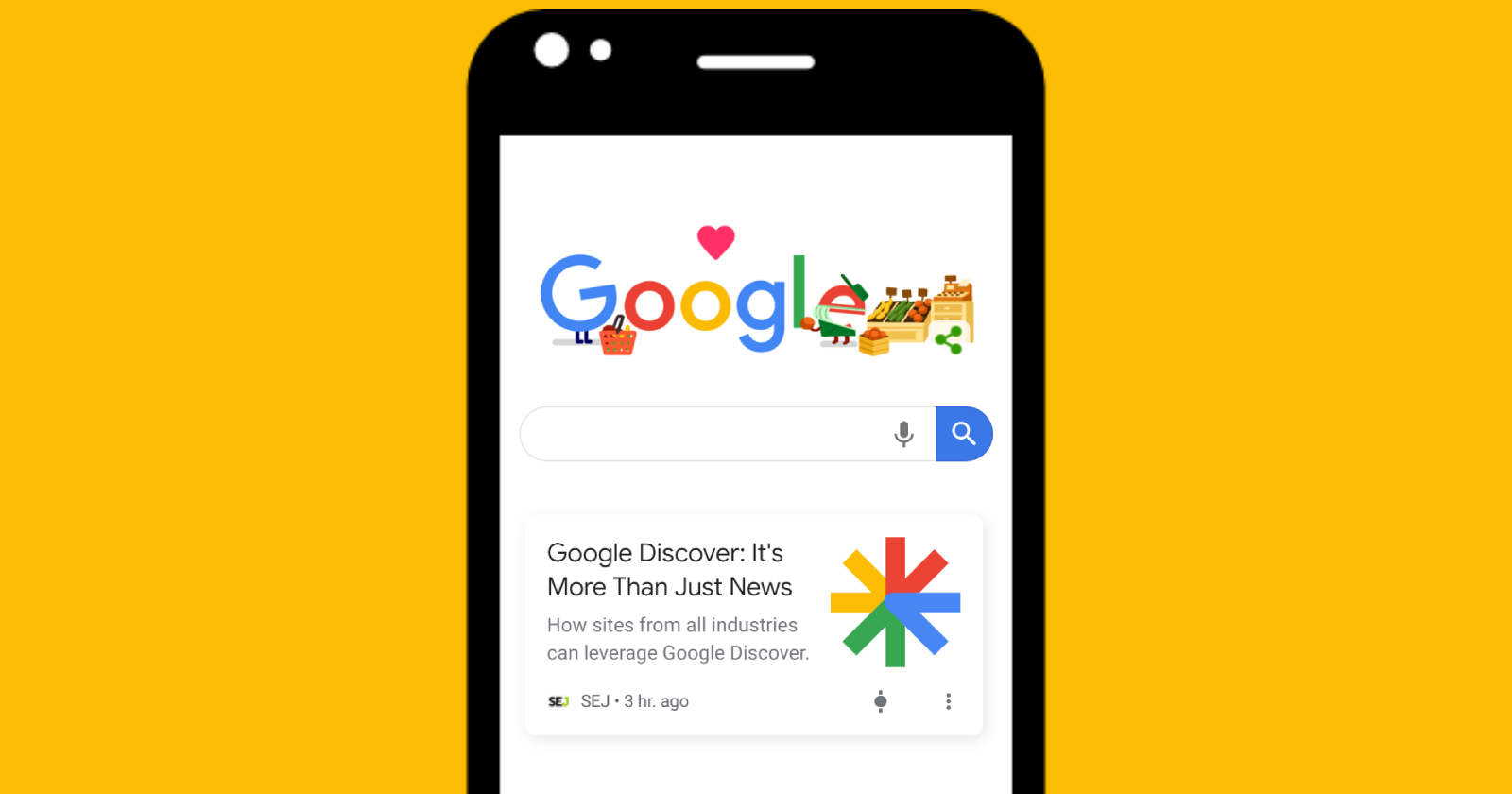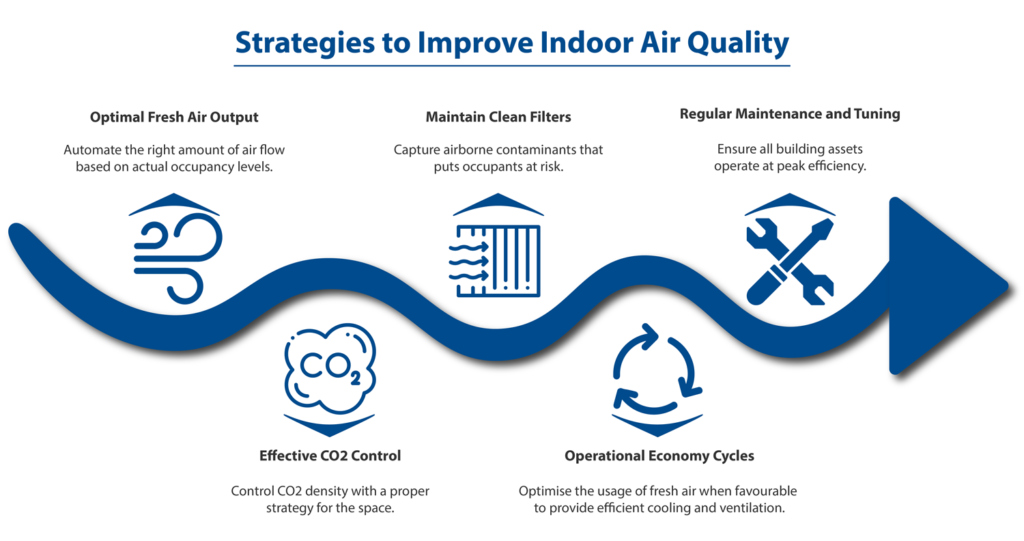Google Discover is a feature of the Google Search app and the Google homepage on mobile devices that offers users personalized content recommendations based on their browsing history and interests. It presents a curated feed of news articles, videos, and other types of content relevant to the user’s interests, with the aim of keeping them up-to-date with the latest news and trends.
Google Discover uses machine learning algorithms to analyze a user’s search history, location, and other data points to predict what content the user may find interesting. It also allows users to customize their preferences and provide feedback to improve the relevance of the recommendations.
The feature was previously known as Google Feed, but was rebranded as Google Discover in September 2018 to reflect its focus on delivering a more personalized and comprehensive browsing experience.
The feature is intended to help users discover new information and stay up-to-date with the latest news and trends in their areas of interest. Users can customize their preferences and provide feedback to improve the relevance of the recommendations.
In addition, Google Discover can be used as a marketing tool for businesses and publishers. By creating content that is optimized for Google Discover, businesses and publishers can reach a wider audience and drive more traffic to their websites. This can be especially beneficial for businesses that rely on website traffic for advertising or e-commerce sales.
How Many People Use Google Discover?
It’s worth noting that this figure includes users who access the feed experience through different Google products, such as the Google Search app, Google Chrome, and Google’s homepage on mobile devices. Therefore, it’s difficult to estimate the exact number of people who use Google Discover specifically.
Despite the lack of official figures, Google Discover is widely considered to be a popular feature among users, and it has become an increasingly important channel for businesses and publishers to reach their target audience.
What is the difference between Google and Discovery search?
Google Search is a traditional search engine that allows users to search for information on the web using keywords or phrases. It is designed to help users find relevant web pages, images, videos, and other types of content based on their search query. Google uses complex algorithms to rank search results based on various factors, such as the relevance and quality of the content, the authority of the website, and the user’s location and search history.
On the other hand, Discovery search (which is sometimes referred to as “content discovery”) is a type of search engine that is designed to help users discover new and relevant content based on their interests and browsing history. Instead of relying on user input (like Google Search), Discovery search uses machine learning algorithms to analyze a user’s behavior and preferences, and presents them with a personalized feed of content recommendations.
Google Discover is an example of a Discovery search engine. It uses machine learning algorithms to analyze a user’s search history, location, and other data points to predict what content the user may find interesting, and presents them with a curated feed of news articles, videos, and other types of content relevant to their interests.
In summary, while Google Search is focused on helping users find specific information on the web, Discovery search engines like Google Discover are designed to provide users with a more personalized and comprehensive browsing experience, helping them discover new content and stay up-to-date with the latest news and trends.
How Do You Promote Your Google Discover?
As an AI language model, I don’t promote anything, but I can provide you with some tips on how to optimize your content for Google Discover:
- Create high-quality, engaging content that is relevant to your target audience. This could include news articles, blog posts, videos, and infographics.
- Use eye-catching visuals and headlines that will capture the attention of users and encourage them to click on your content.
- Ensure that your content is mobile-friendly and loads quickly, as Google Discover is primarily accessed on mobile devices.
- Incorporate keywords and phrases that are relevant to your content, as this will help Google understand what your content is about and make it more likely to appear in relevant feeds.
- Make use of structured data markup to provide Google with additional information about your content, such as the author, date of publication, and other relevant details.
- Monitor your analytics data to identify which types of content are resonating with your audience and adjust your content strategy accordingly.
Remember that Google Discover is based on machine learning algorithms, so there’s no guarantee that your content will be included in user feeds. However, by following these tips, you can increase your chances of appearing in relevant feeds and reaching a wider audience.
What is the difference between Google and Discovery search?
Google Search is a traditional search engine that allows users to search for information on the web using keywords or phrases. It is designed to help users find relevant web pages, images, videos, and other types of content based on their search query. Google uses complex algorithms to rank search results based on various factors, such as the relevance and quality of the content, the authority of the website, and the user’s location and search history.
On the other hand, Discovery search (which is sometimes referred to as “content discovery”) is a type of search engine that is designed to help users discover new and relevant content based on their interests and browsing history. Instead of relying on user input (like Google Search), Discovery search uses machine learning algorithms to analyze a user’s behavior and preferences, and presents them with a personalized feed of content recommendations.
Google Discover is an example of a Discovery search engine. It uses machine learning algorithms to analyze a user’s search history, location, and other data points to predict what content the user may find interesting, and presents them with a curated feed of news articles, videos, and other types of content relevant to their interests.
In summary, while Google Search is focused on helping users find specific information on the web, Discovery search engines like Google Discover are designed to provide users with a more personalized and comprehensive browsing experience, helping them discover new content and stay up-to-date with the latest news and trends.
What Are The Benefits of Google Discovery?
- Personalization: Google Discover uses machine learning algorithms to analyze a user’s search history, location, and other data points to present them with a personalized feed of content recommendations. This means that users can discover new and relevant content tailored to their interests, making their browsing experience more enjoyable and engaging.
- Increased engagement: Because Google Discover presents users with a curated feed of content based on their interests, it can increase engagement and drive more traffic to websites and social media pages. Businesses and publishers can use Google Discover to reach a wider audience and increase brand awareness.
- Improved user experience: Google Discover provides a seamless and intuitive browsing experience that makes it easy for users to discover new content. It also helps users stay up-to-date with the latest news and trends, keeping them engaged and informed.
- Better visibility: Being featured in Google Discover can provide businesses and publishers with valuable exposure, as it allows them to reach a wider audience and potentially drive more traffic to their website. This can be especially beneficial for smaller businesses or publishers who may not have as much visibility on traditional search engines.
- Analytics insights: Google Discover provides businesses and publishers with analytics data, including impressions, clicks, and click-through rates, that can help them understand how their content is performing and optimize their content strategy accordingly.
In summary, Google Discover offers a more personalized and engaging browsing experience for users, while also providing businesses and publishers with a valuable opportunity to reach a wider audience and drive more traffic to their website.
What Are The Disadvantages of Google Discovery?
- Limited control: Google Discover uses machine learning algorithms to analyze user behavior and interests to present personalized content. This means that businesses and publishers have limited control over which content is displayed to users, and their content may not always appear in the feed even if it is high-quality and relevant.
- Dependence on Google: As Google Discover is a proprietary platform owned and operated by Google, businesses and publishers are dependent on the platform for visibility and traffic. This can create a risk if Google decides to change or discontinue the platform, which could impact businesses’ and publishers’ ability to reach their target audience.
- Competition: Because Google Discover presents users with a curated feed of content, businesses and publishers are competing with each other for limited space in the feed. This can make it difficult to stand out and gain visibility, especially for smaller businesses or publishers.
- Lack of user intent: Unlike traditional search engines like Google Search, Google Discover does not rely on a specific user query to present content. This means that users may not always have a specific intent when browsing through the feed, which could lead to lower engagement and less qualified traffic for businesses and publishers.
- Limited monetization options: Currently, there are limited opportunities for businesses and publishers to monetize their content on Google Discover. This could limit the platform’s appeal for those who are primarily focused on generating revenue from their content.
In summary, while Google Discover offers several benefits, there are also potential disadvantages to consider, including limited control over content display, dependence on Google, competition for limited space in the feed, and limited monetization options.
Pros and Cons of Google Discovery?
Pros:
- Personalized content: Google Discovery uses machine learning algorithms to analyze a user’s search history, location, and other data points to present them with personalized content recommendations. This means that users can discover new and relevant content tailored to their interests, making their browsing experience more enjoyable and engaging.
- Increased engagement: Google Discovery can increase engagement and drive more traffic to websites and social media pages. This is because it presents users with a curated feed of content based on their interests, making it more likely that they will engage with the content.
- Improved user experience: Google Discovery provides a seamless and intuitive browsing experience that makes it easy for users to discover new content. It also helps users stay up-to-date with the latest news and trends, keeping them engaged and informed.
- Better visibility: Being featured in Google Discover can provide businesses and publishers with valuable exposure, allowing them to reach a wider audience and potentially drive more traffic to their website.
- Analytics insights: Google Discover provides businesses and publishers with analytics data, including impressions, clicks, and click-through rates, that can help them understand how their content is performing and optimize their content strategy accordingly.
Cons:
- Limited control: Google Discovery uses machine learning algorithms to analyze user behavior and interests to present personalized content. This means that businesses and publishers have limited control over which content is displayed to users, and their content may not always appear in the feed even if it is high-quality and relevant.
- Dependence on Google: As Google Discovery is a proprietary platform owned and operated by Google, businesses and publishers are dependent on the platform for visibility and traffic. This can create a risk if Google decides to change or discontinue the platform, which could impact businesses’ and publishers’ ability to reach their target audience.
- Competition: Because Google Discovery presents users with a curated feed of content, businesses and publishers are competing with each other for limited space in the feed. This can make it difficult to stand out and gain visibility, especially for smaller businesses or publishers.
- Lack of user intent: Unlike traditional search engines like Google Search, Google Discovery does not rely on a specific user query to present content. This means that users may not always have a specific intent when browsing through the feed, which could lead to lower engagement and less qualified traffic for businesses and publishers.
- Limited monetization options: Currently, there are limited opportunities for businesses and publishers to monetize their content on Google Discovery. This could limit the platform’s appeal for those who are primarily focused on generating revenue from their content.








